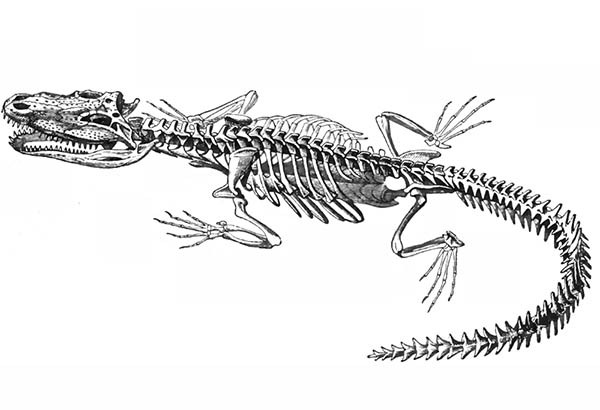 |
 |
 |
|||||
|
Mo‘o Hihia:
“The E Ola Mau report put out in 1985 was the most comprehensive health report that was one on Native Hawaiians by Native Hawaiians,” Keola Chan explains. “And it’s really sad because those statistics really haven’t changed much. “‘Aha Kāne targets our native Hawaiian males since they grew up being taught to be the best. But I think we took it in the wrong context: being the best in chronic disease, incarceration, domestic abuse. We thrive in the wrong areas right now. Maybe in a few of the statistics, we’re lucky we’re not at the top. I think some other ethnic groups here have higher blood pressure, cholesterol, stuff like that. But overall, percentage-wise, we’re still not doing well as a people. We are not in a good place. “And I think for all native peoples, when the colonial behaviors and lifestyles were pressed upon us, it has really had its effect, and it’s really hard for us to break some of these stereotypes. The stresses, the challenges that we have, it’s just looked at as bizarre problems today, when it’s really a historical, generational issue. The trauma that we are facing, and the behaviors that we see taking places in our communities and homes, we can’t disconnect the history of all those things and judge it for what it is today. “‘Aha Kāne partnered with OHA in looking specifically at breaking out the State of Hawai‘i’s data by just males, which is the first of its kind. It’s called the Kānehoalani Report and it’s a comprehensive report looking at education, health, economics. It really looks at the entire spectrum of Hawaiian kāne, comparing them to their counterparts. I’m super proud of that because it really brings to light not just the issues, not just the problem that we are looking at in our community currently, but it gives context of we weren’t always this way. The story always starts when Cook comes and finds us. No, we found him lost at sea and he just happened to bring all these challenges with him. “The report starts off by looking at what was pre-contact. What was that health and wellness? What was that kind of lifestyle did they have? What did they engage in that built a healthy society? That report is not just focused on the issues. It takes into consideration pre-contact, and then what we consider the mo‘o hihia—the generational trauma that happened. It really points out huge pieces that if we can flip back some of those things, make some of those changes happen, we can return to health again. But it’s in our hands and it’s up to us. We have to be more political. “Mo‘o hihia is the historical trauma. Mo‘o is a lizard, a spine. It speaks to generations, like the spine of a lizard. Hihia is the entanglement or struggle that we passed from one generation to the next, and it’s all connected. So it’s like a slime or stickiness, that this historical trauma is stuck to us and it continues into the next generation. “Times change but the challenges continue to exist until we acknowledge the healing that needs to take place so that we can move forward. And I think what’s really important for us as kānaka of these places, is to really reconnect with that understanding, with that historical trauma. We have become colonized through the colonial efforts that were oppressed upon us, and it really has separated us from our land, our spaces, our people, our traditions, our culture that make up who we are.” |
|
|||||
|
Pacific Worlds > He‘eia, O‘ahu > Health > Health and Disease |
||||

